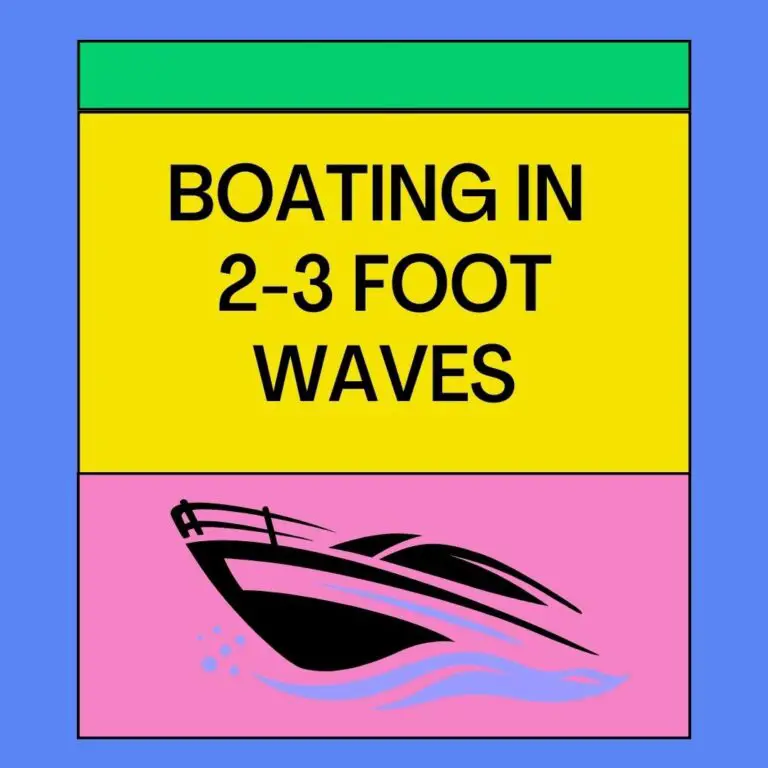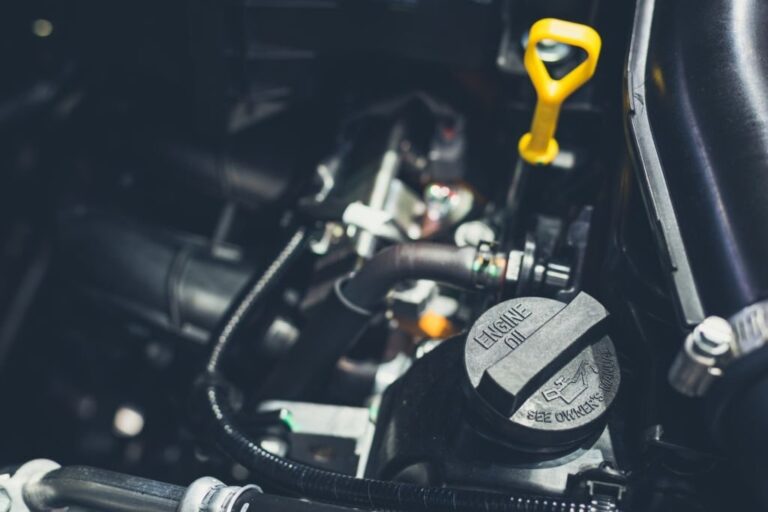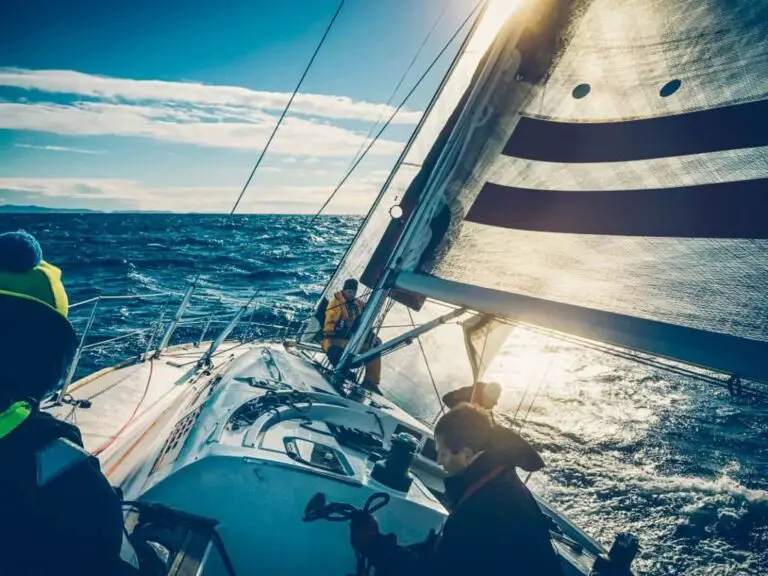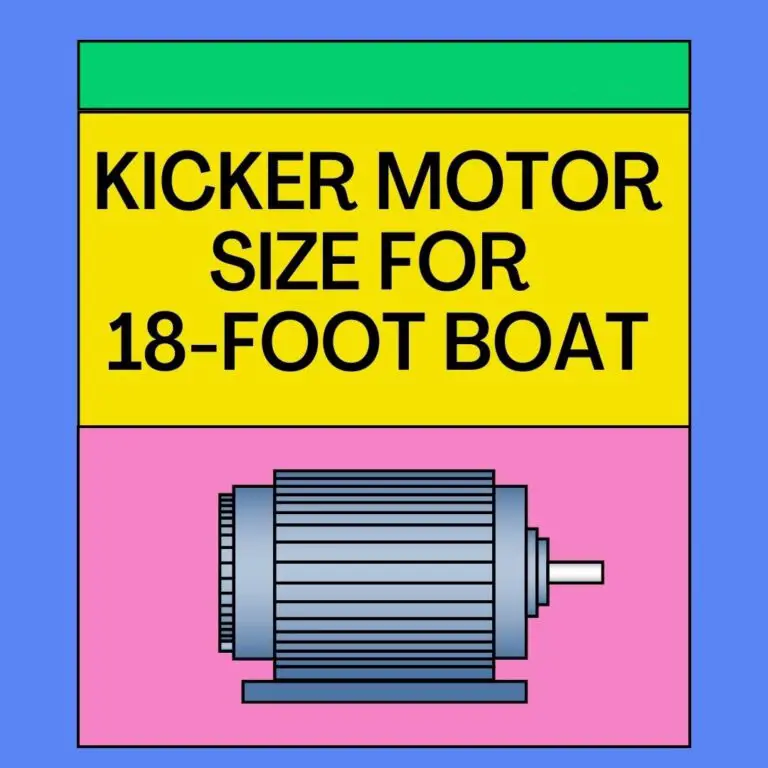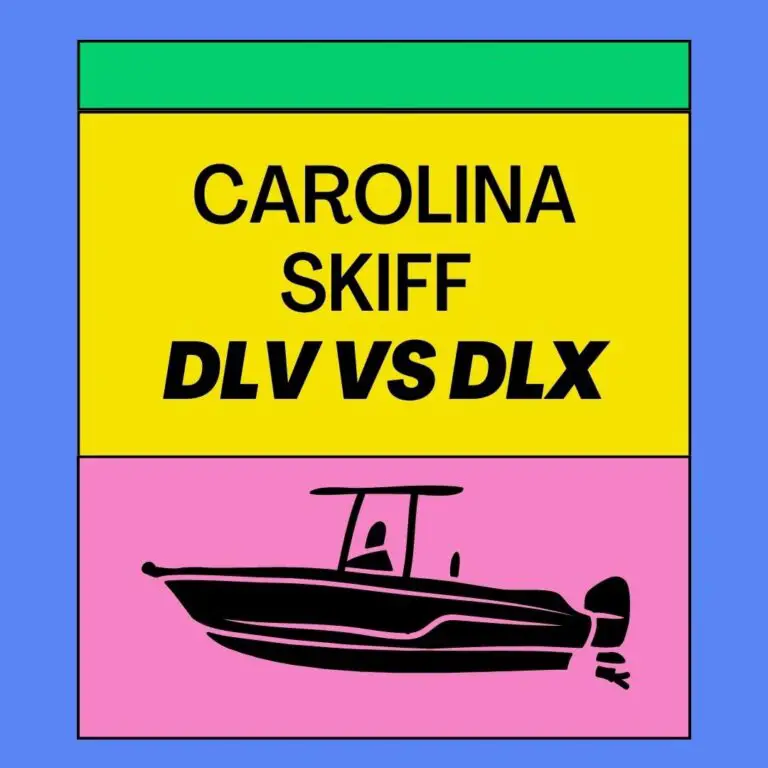
While you know there’s something wrong with your boat, you don’t know what it is. Specifically, if it’s a spun prop or a bad lower unit. We know it can be a bother.
So you want to know about a spun prop or lower unit?
Spun prop related to the prop hub being spun inside the propeller. On the other hand, the lower unit is the part where the propeller is attached. While they are both prone to various problems, they have crucial differences. Also, the causes of the fixes for both problems require a different approach.
But knowing only this much won’t help. So, we’ve written a whole article to explain it in detail.
Spun Prop or Lower Unit- Quick Review
Identifying what your boat problem is can be quite a hassle. And when you look it up, it’s not uncommon to find an ocean of unorganized information. Thus, it becomes really hard to get what the problem actually is.
Such also happens while looking for spun props or bad lower units. But it is true that they have their unique traits. And we’ve taken the initiative to point out just that.
First, we’ve prepared a short outlook to point out the major facts.

| Spun Prop | Lower Unit | |
| Symptoms | Prop slip at high RPM No hub spin until a certain RPM | Shifting issues Water in gear lube Drain screw magnet issues |
| Causes | Faulty rubber inner bushing | Wear and tear damage seal Propeller Impact |
| How to fix | Replace it | Engage teeth Fix seals and replace bad O rings |
But we understand if you are still curious and want to know more. And, you should actually cause it’ll better help to understand your problem. Thus, we’ve elaborated on it further.
Spun Prop or Lower Unit- Detailed Review
When understanding your boat issues, it’s important to dig deep. Thus we’ve tried to elaborate as much as possible about both spun prop and bad lower unit. So, be sure to stick with us till the end.
Additionally, you might face some other problems with your boat. Like the primer bulb not getting hard.
Symptoms
For any problem, it’s of utmost importance to first identify it. Luckily for you, the spun prop and faulty lower unit have quite different problems. So, let’s get right into them.
First, what are the signs of a spun prop?
Mainly, you might see two problems if you have a spun prop. At high RPM, you probably feel the prop slipping. Also, the hub only spins when the engine runs above a particular RPM. Many boaters question if they have spun a hub while having ventilation, cavitation, or gear problems.
Now that you know the symptoms, you can also check. That is if these problems arise. So, how to check spun prop hub?
Make a line with lipstick on the back of the prop hub. That is to indicate whether your hub has spun or not. A file may also be used to record your grade. It is simple to pull the prop and check.
That’s to see if the mark has split in two with the mark situated over the hubs. If so, you have a spun hub.
Now, what are the signs of a bad lower unit?
Indications of a bad outboard lower unit include water in the gear lubrication. Also, there might be metallic fragments on the drain screw magnet. It’s also common to see clunking sounds when shifting. You might also be completely unable to shift gears.
If you are clear of these symptoms then it won’t be hard to identify the problem.
Causes
Now, let’s come to why these problems occur. Cause if you know the reasons, then you’ll be able to better handle them.
So, what causes a spun prop hub?
An outboard propeller hub’s inner rubber bushing is intended to cushion any stress brought by shifting. Due to wear and tear over time, it might get messy. Also, overheating caused by high engine revs is also a big factor. That is to cause the hub to spin.
And, why does the lower unit get bad?
The lower unit has a lot of parts that are prone to damage. And, most of them start to malfunction because of wear and tear. Especially it’s common to see a damaged seal due to a fishing line around the prop shaft.
Also, if a propeller hits the bottom, then the impact causes lower unit malfunctions.
Now we know why the problems occur. Here we could see that both these problems occur because of wear and tear.
So, ensuring proper maintenance is the easiest way to prevent them.
How to fix
Finally, we can come to how we can solve these problems.
So, how to fix a spun prop?
First, rather than fixing your prop hub, it’s advised just to replace it. Here’s a guide on how to replace a spun hub:
- First, get the prop off by unscrewing its bolt. Be sure to carefully put everything so you don’t lose a part.
- Now, take a screwdriver with which you can push the hub to come out. Hubs are hard plastic and they are strongly attached to the propeller. So, it’s necessary to push a little hard. Then, the hub should come off.
- Now take your new hub. Hammer in the metallic part of the hub assembly that goes into the shaft to the new hub.
- Then place the hub on the propeller. And, place the whole thing on the shaft. Attach the upper part by hammering it down. In this case, you can use the old hub to apply pressure. Finally, screw in the lock nut.
Now, how do troubleshoot the outboard lower unit? Here’s an easy troubleshooting guide for you to follow:
Fix Crunching Noise
So, why do I hear a crunching noise when starting my boat?
This happens when the middle gear doesn’t engage the forward or reverse gear. And, this misalignment between the teeth is what you hear as the noise. This happens due to the faulty adjustment of the shift cables and throttle.
Here you have to check and fix where the teeth are completely engaged. That is before the throttle clicks in. this should fix the noise.
Change Fluids Regularly
A big sign to determine if the gear lube needs changing is if it looks milky. Or even totally water-like. It means that you have a broken or loose seal somewhere.
To find out, the easiest way would be to look at the prop shaft. If the seal has an ingested fishing line then that’s a big giveaway.
If the problem is not here, then you have to look under the water pump. There are a bunch of seals there. If you still can’t find the problem, then it’s advised to use a pressure tool with soapy water.
Finally, if problems still don’t arise you have to pull out the output shaft. By this, you will be able to check the O rings. If they are faulty, it’s best to just replace them.
Also, it is necessary to use the right motor for your boat. Like what size kicker motor to use for an 18-foot boat.
Here we have suggested some high-quality tools for maintenance that you can check out:
| Product | Price |
| DEKOPRO 158 Piece Tool Set | Check on Amazon |
| ENTAI Tool Set, 173-Piece Tool Kit | Check on Amazon |
FAQs
Is it possible to use regular gear oil in the lower unit?
The answer is no. That is if you want the best possible defense. This will enable your lower unit to endure as long as your boat. Look for the appropriate marine gear lube for your use in the engine’s manual. It is suggested to always use that prescribed oil for regular prime performance.
How long can my boat idle out in the water?
It may function continuously. Without coolant, you run the danger of destroying the water pump’s neoprene impeller after around 30 seconds. The engine should run well for 3-5 minutes if you factor that out. You must pay close attention to the prop under the boat. That is if you run an inboard out of the water.
How often should I start my outboard motor?
The motor will last longer if it is just used for a few hours a week. This is as opposed to two or three complete days each month. Like any vehicle, its performance will improve with increased use. Parts tend to deteriorate more quickly if the boat is kept mostly idle. That is at the dock or in a garage.
Bottom Line!!
Now we’d like to hear your opinion.
Were we able to solve your queries about a spun prop or lower unit?
Here’s a tip for you. It is advised to service your inboard engines every 100 hours of activity.
If there’s anything else on your mind, be sure to comment down below.

I’m Cindy, a free-spirited outdoor enthusiast. Since childhood, Our family frequently goes on weekend camps and my father, who was a skilled hunter, used to teach my siblings and me valuable things about wildlife survival. I made this blog to share my knowledge, experiences, and tips.

